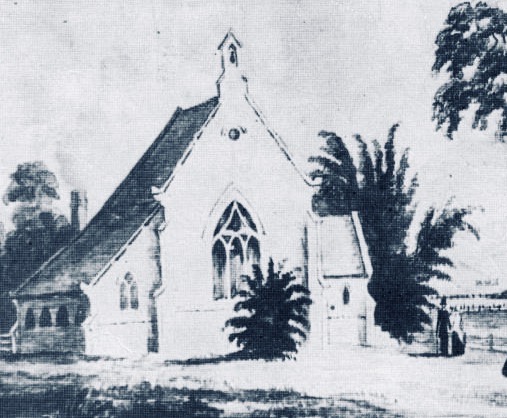No. 992 - West Hobart - St John the Baptist (1845-1856) - "The Poor Man's Chapel"

West Hobart is an inner-city suburb of Hobart immediately west of the city centre. The suburb occupies the high ground below Knocklofty Hill. Located at 152 Goulburn Street, this building is perhaps better known as the former parish hall and Sunday school of St John the Baptist Church. For a brief time it was a church in its own right, serving a new parish in West Hobart that was established in 1844. St John the Baptist was the sole church of the parish until 1856 when it was supplanted by its namesake, which was built on the corner of Goulburn Street and Forest Road. A tender for the construction of a church on Goulburn Street was advertised in April 1841 but no progress was made with this until 1844. The church, or chapel as it was sometimes called, was largely completed by January 1845. In that month, the Colonial Times published a brief account of the building: “In one of our gentle peripatetic strolls through the suburbs of the town, we came most unexpectedly, and most delight...







